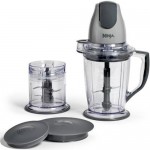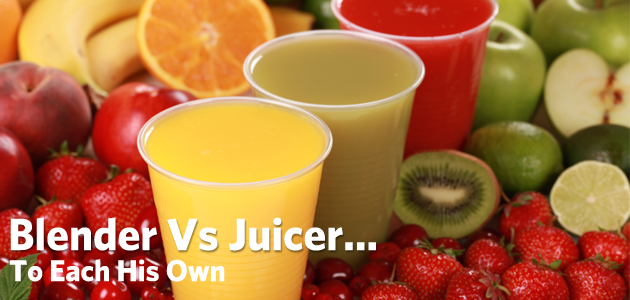
Many people, even those who are already familiar with both blenders and juicers, still find themselves asking what makes the two different. For those who aren’t so much an enthusiast in the kitchen, they see the devices merely as a tool to turn solids into liquid. Among the questions that they keep asking is which one is better in giving more health benefits, which one is more beneficial and so on. This article will help guide you in understanding more of the difference between juicing and blending, which can serve as your guide on what to invest in – a juicer or a blender – depending on the qualities you are looking for.
Juicing
Juicing is the process where water and nutrients from the fruit or vegetable are extracted and indigestible fiber is discarded.
Ever since people have taken the switch to a healthier life, vegetable and fruit juices have become popular. In order to absorb as much nutrients as possible from the produce, a juicer is squeezes everything. With the indigestible fiber discarded, the body is able to absorb more of the fruit/vegetable’s nutrients as compared to when we are ingesting it as it is.
Juicing is highly recommended to those who have a sensitive stomach or aren’t well enough to chew their food. It helps to restore the body’s vitality that in turn accelerates healing. Juicing is also used for detoxification programs so that the body will continue to stay nourished at a cellular level.
A good point to remember though is that extracting the fiber from any drink has the tendency to reduce constipation. Also, removing the fiber from fruit can sometimes cause a rapid change in the blood sugar level and might result in mood swings, energy loss, memory problems etc.
Top Rated Blenders:
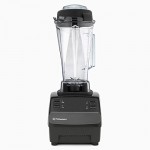
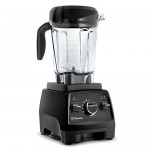
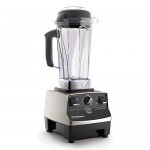
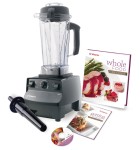
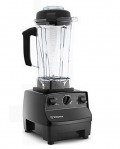
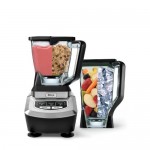

Blending
For those who are fond of milkshakes and smoothies, blending is the ideal process for you. In juicing, the peel is taken off the produce, but when blending, whatever you put in the blender gets mixed together. The produce skin and all will be in a great big mash and thus contain all of the fiber from the produce.
With blending, fibres are broken apart which creates a slow and substantial amount of nutrients in the body, avoiding possibilities of rapid change in the blood sugar level. Also, it is easier to make juices and drinks with a blender compared to the juicer because it takes less preparation and processing time. You can also have a higher amount of blended smoothie than juice on a single produce.
Rules To Follow When Juicing And Blending
It is best not to combine starchy produce with anything else. There have been studies that show that starchy produce have different enzymes than other food groups and are best consumed alone. On the other hand, green and leafy vegetables can pretty much be mixed with others.
It is also important to remember that the nutrients from juiced/blended produce do not last for very long. It is therefore advisable for folks to consume it immediately after the process for the body to absorb the full effect. If not, make sure that it is sealed in an air tight container.

